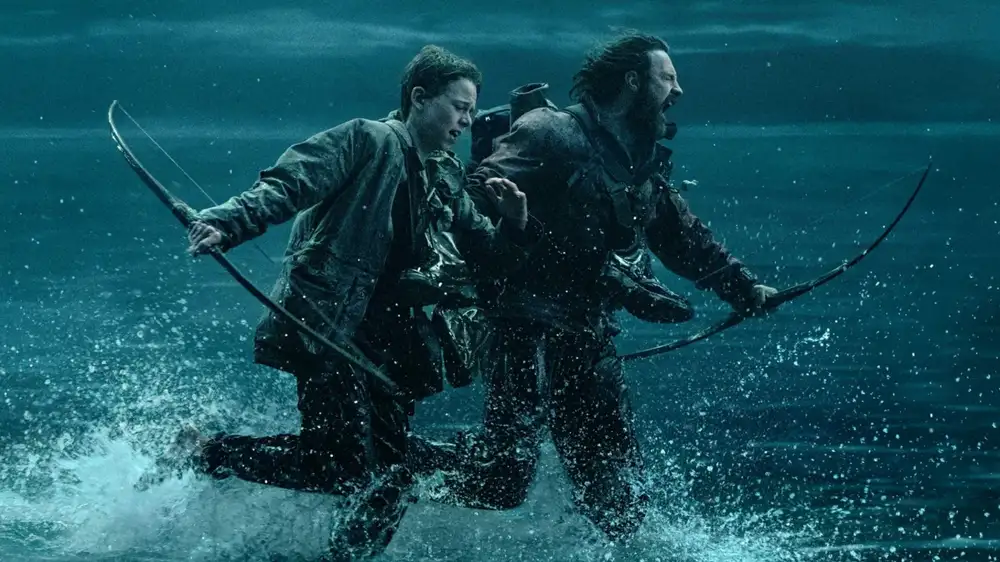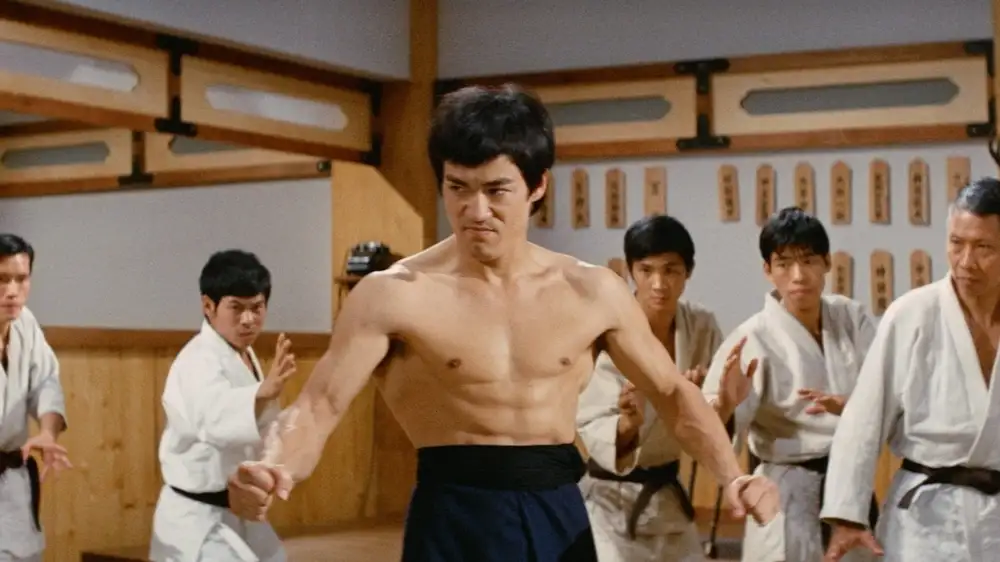Having reinvented the zombie movie with 28 Days Later, director Danny Boyle and writer Alex Garland belatedly return to the genre for more action-infused horror, but this time they’re also telling a tale of grief, death, and the ties that bind us together.
28 Days Later gave us fast zombies, though in that film they were humans ravaged by a virus called ‘Rage,’ and called the infected rather than the z-word.
The film was a hit, and followed by a sequel that spun the story off in fascinating directions, despite the fact that Garland didn’t write, and Boyle didn’t direct.
But the longtime collaborators are back for 28 Years Later, which somewhat ignores that follow-up, and plays like a more direct response to the original, as well as historical events that have plagued the planet since.
What is 28 Years Later about?
Following a shocking prologue in which the Rage-infused decimate a group of kids watching Teletubbies, the movie leaps 28 years forward, to a time when the virus has been driven back from continental Europe, and contained in the UK, where survivors fend for themselves.
Meaning the twin shadows of Brexit and the pandemic hang over early scenes, most notably when we’re on Holy Island, where people are living in a post-technology world of hunting, gathering, and channelling the Blitz spirit to keep spirits up.
Hammering that point home, Boyle splices in black-and-white footage from the World Wars – as well as technicolor shots from Olivier’s Henry V – to connect past with present, while underlining just how far they’ve regressed.
The tiny isle is separated from the mainland by a causeway that can only be traversed during low tide, and to kick the story off, father Jamie (Aaron Taylor-Johnson) and 12-year-old son Spike (Alfie Williams) make that crossing so the boy can kill his first infected.
Which turns the first half of the film into a quest movie, though it’s something of a pointless mission, as the creature Spike kills is a ‘Slow-Low’ – a pathetic breed of infected that crawls on its belly while eating worms.
Alphas change the game
But Slow-Lows aren’t the only iteration in town, as the duo also face off with an Alpha, which is bigger, stronger, faster, and smarter than what’s gone before.
The change is explained by a throwaway line, but the result is that Alphas can do serious damage, and therefore pose much more of a threat.
They also precipitate the movie’s most exciting sequence, via a nighttime chase that’s beautifully lit by the stars, and underpinned by Young Fathers’ pulsating score.
When that mini-movie is over, two very different characters come to the forefront, who prove to be the beating heart of the film.
The real mission
Isla (Jodie Comer) is Spike’s mother, who is bedridden due to an unspecified illness that leaves her in constant confusion. Fearing the malady will take her life – and very much against the island’s rules – Spike takes his mom to the mainland, in the hope of finding help.
Which is when Kelson (Ralph Fiennes) is introduced, a mysterious figure whose painted body, tower of skulls, and morphine-infused darts suggest he might be this story’s Colonel Kurtz.
But that couldn’t be further from the truth, with Kelson being exactly who mother and son need in that moment. Their scenes are the movie’s most touching, while the wisdom he shares brings both hope and enlightenment to the story.
Actors at the top of their game
The sequence also works because it’s performed by actors at the very top of their game. Isla is a tough role, as she’s rarely lucid, but Comer subtly hints at her past, while imbuing the character with a bravery that’s deeply affecting as the climax nears.
Fiennes matches her beat-for-beat, and in a film that’s filled with surprises, the slow reveal of his character is the most delightful.
While Alfie Williams is superb as what’s essentially the protagonist of a coming-of-age movie. Spike is sweet and vulnerable until his world falls apart, then grows in stature as anger builds and gives way to pragmatism, before becoming the hero that 28 Years Later needs.
The somewhat bizarre ending – which connects with the beginning, but also feels like it comes out of nowhere – again puts Spike front-and-center for sequel The Bone Temple, which hits screens in January. And if Williams continues to lead proceedings, the franchise is in safe hands.
Is 28 Years Later good?
There’s a brief sub-plot in 28 Years Later about myth-making, and the stories we tell to make sense of the world. That’s a good analogy for what Alex Garland and Danny Boyle are doing here, expanding the 28 universe, yet telling a deceptively simple story, about a family in crisis.
There’s satire at play, about nationalism, isolationism, and ‘little islanders’ moving forward by going backwards. But no judgment, with the people of Holy Island – as well as the few we meet on the mainland – doing what they deem necessary to survive.
But there’s also something more profound happening; a soulful story about the gift of life, the heartbreak of death, and what it takes to keep moving forward no matter what the universe throws at you.
28 Years Later score: 4/5
There are moments where 28 Years Later awkwardly combines genres, with comedy and tragedy rubbing shoulders with action and horror, sometimes in the same scene. But the movie works best when telling a simple story of the love between mother and son.
28 Years Later is out on June 20, 2025. Head here to find out about Cillian Murphy’s involvement in the sequels, or here to see where the original placed on our list of best zombie movies ever.

 China unveils massive AI martial arts movie project with “first fully AI film”
China unveils massive AI martial arts movie project with “first fully AI film”